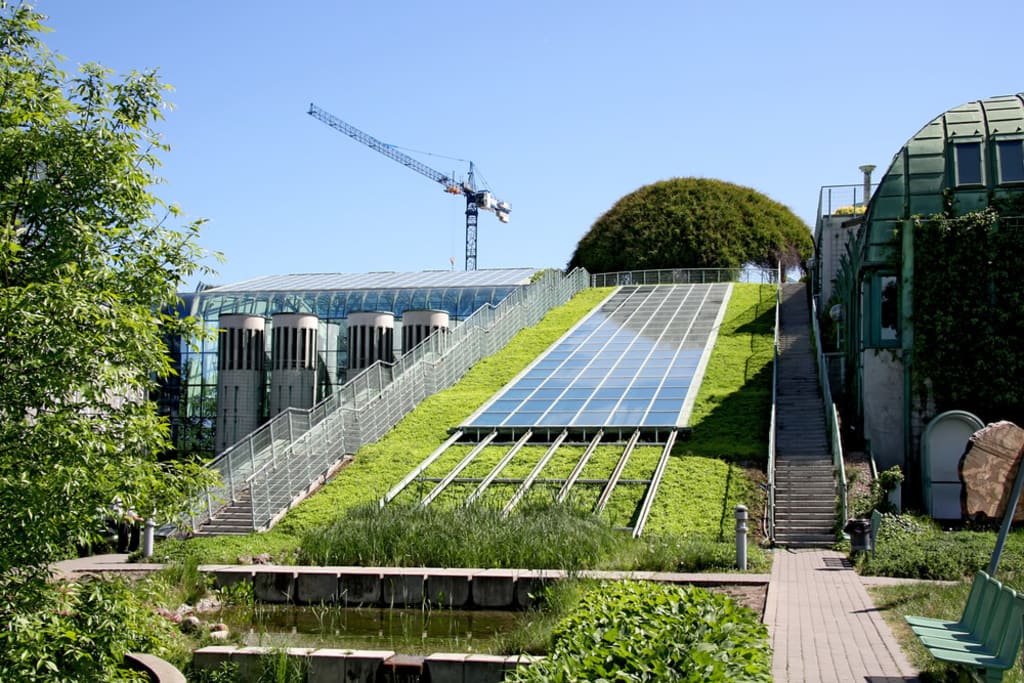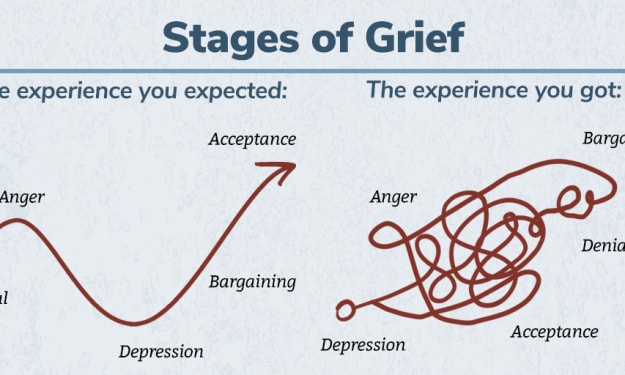
The green building revolution took root more than a decade ago and is now blossoming to fruition on a global scale. It’s no longer a trendy vision of the future; environmentally friendly building practices dominate the industry. Some amazing green buildings are going up around the world.
The tipping point was reached with the combination of construction and operation practices that are cost-effective and produce greater value for the building’s ownership.
Green Building Technology and Methods
More buildings than ever demonstrate resource efficiency. They are built with sustainable materials and processes and are energy efficient. Best practices include:
1. Sustainable design
If the drawing board isn’t green, the building surely won’t be. Sustainability must be one of the core principles of design, not an afterthought, to achieve the desired blend of eco- and economic benefit. As Richard Ayres says, “the best evidence for new construction paints a compelling investment picture: green buildings can cost little more to build than conventional buildings but yield substantial operating cost savings and other tangible and intangible benefits for tenants – which seem to translate into higher rents, lower vacancies, and more rapid absorption.” The icing on the cake is that, per the US Green Building Council, green design, construction and operation makes the building more valuable, with an expected annual increase of 4 percent over non-green buildings.
Retrofitting buildings to be green is costlier in the short-term, though the energy and resource savings make sense for the long-term.
Here’s the bottom line: In capitalistic nations, hoping that corporations tasked with making as much profit as possible without breaking the law will voluntarily build or retrofit green is wishful thinking. The economic incentive now available is a game changer.
2. Efficient use of renewable energy
This is certainly the goal, to use renewable, efficient sources such as solar, wind, wave, geothermal, biomass and hydroelectric whenever possible. The reality is still on the side of using energy derived from fossil fuels in the most efficient way to heat and cool buildings, but this is changing. In 2015, $286 billion USD were invested in renewable energy production while just $130 billion went toward fossil fuel energy production. When buildings can make some of all the energy needed to run them rather than pulling it from the grid, the savings for the planet and the budget are tremendous.
A comparison of studies from 2012 and projections for 2017 show that buildings are getting greener through efficient HVAC, building automation, better waste management and green furnishings. There was a slight tick downward in electrical usage, but that is not expected to become a trend.
3. Water efficiency
Low-flow fixtures, using greywater to flush toilets, collecting rainwater, heating water with solar, superior monitoring, installing better leak detection and protection are among the most common ways that commercial buildings are enacting efficient water use practices. The US EPA provides education, assistance in planning, training and resources through its commercial WaterSense program, and similar governmental programs are increasing water efficiency in commercial buildings around the world.
4. Sustainable building materials
A range of green building materials include cellulose insulation made from recycled newsprint, recycled glass, recycled steel and environmentally safe products. These include low-VOC paints, adhesives and flooring. One immediate benefit to using green materials is worker health and productivity. Employees that work in green buildings report fewer instances of headaches, asthma, and allergies that can be caused by potentially toxic building materials.
5. Building disassembly and reuse
This is another important phase of building green – building disassembly that is environmentally responsible and the reuse of as many of the materials as possible. Buildings on the drawing board should be designed for disassembly, or DfD, to minimize the environmental impact and maximize the reuse and recycling of materials.
6. Staying home
The greenest building is the one that is never built. Nearly 50 percent of US employees work from home at least part of the time. This keeps cars off the road, and employees working from home never turn on lights or run water at work. Working from home in an already-there, energy-efficient, green-built house will be an important alternative, or at least complement, to green commercial buildings in the larger discussion of green business practices.
Green Synergy
The arguments against green construction have been silenced because the points in its favor are overwhelmingly strong. Build green with a slightly higher budget, though the cost-differential drops every year. Have a building that is more valuable, has far lower operating costs and is in higher demand, all because of the investment in green building. Long live the revolution!






Comments
There are no comments for this story
Be the first to respond and start the conversation.